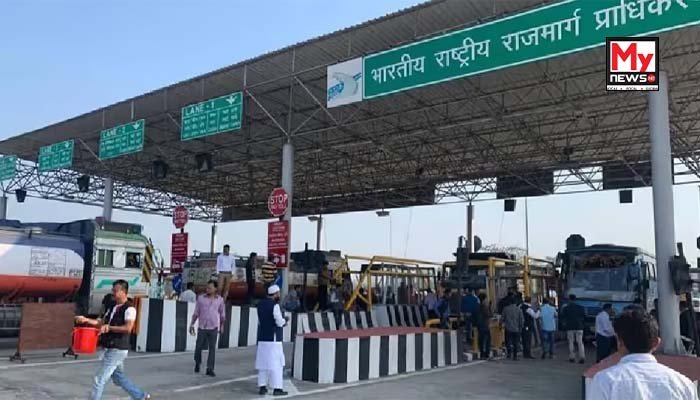Assam Braces for Higher Commute Costs as NHAI Introduces New Toll Plazas
The National Highways Authority of India (NHAI) has announced the commencement of toll collection at two new locations in Assam – Rangamati on NH-37 in Golaghat district and Ratowa on NH-15 in Biswanath district. This move is set to bring a significant financial burden on daily commuters and businesses, particularly those in Upper Assam and along the Brahmaputra’s north bank, sparking widespread concern among residents.
NHAI officials have initiated the tender process, inviting private agencies to manage the upcoming toll operations. The authority justifies these new tolls as crucial for ongoing road maintenance and upgrades. However, local communities are questioning the rationale, citing the current state of infrastructure and the scarcity of viable alternative transport options in the region. Many feel these charges are premature given the existing road conditions and the limited public transport network.
The proposed toll rates for the Rangamati Fee Plaza for 2025-26 are slated to be ₹80 for a one-way trip and ₹120 for a return journey for light motor vehicles. Commercial and heavier vehicles will face substantially higher charges. The Ratowa Fee Plaza, meanwhile, presents even steeper costs, starting at ₹200 for light vehicles, with rates escalating for larger vehicles, which is anticipated to inflate freight costs and subsequently local commodity prices. This financial strain is expected to be particularly acute for those reliant on these routes for their daily travel and business operations.
Residents and various stakeholders have voiced strong reservations, highlighting that even with the provision for monthly passes, frequent travellers and local businesses will feel the pinch. A lack of clear communication from NHAI regarding the specific reinvestment of collected funds locally has added to public scepticism, especially given the prevailing high inflation and fuel prices.
While NHAI reiterates that these measures are part of a broader strategy for highway improvement, the absence of detailed plans for enhancing existing infrastructure has left many unconvinced. Community leaders and local business associations have begun to raise their concerns, advocating for greater transparency and accountability in the utilisation of toll revenues. The demand for clarity on how these funds will translate into tangible improvements on the ground is growing louder among the citizenry.
As the debate intensifies, the introduction of these new toll points in Assam represents a delicate balance between the imperative for infrastructure development and the financial implications for the local populace. The success and public acceptance of this initiative will largely depend on NHAI’s ability to address these concerns effectively and demonstrate visible improvements in regional transport facilities.

